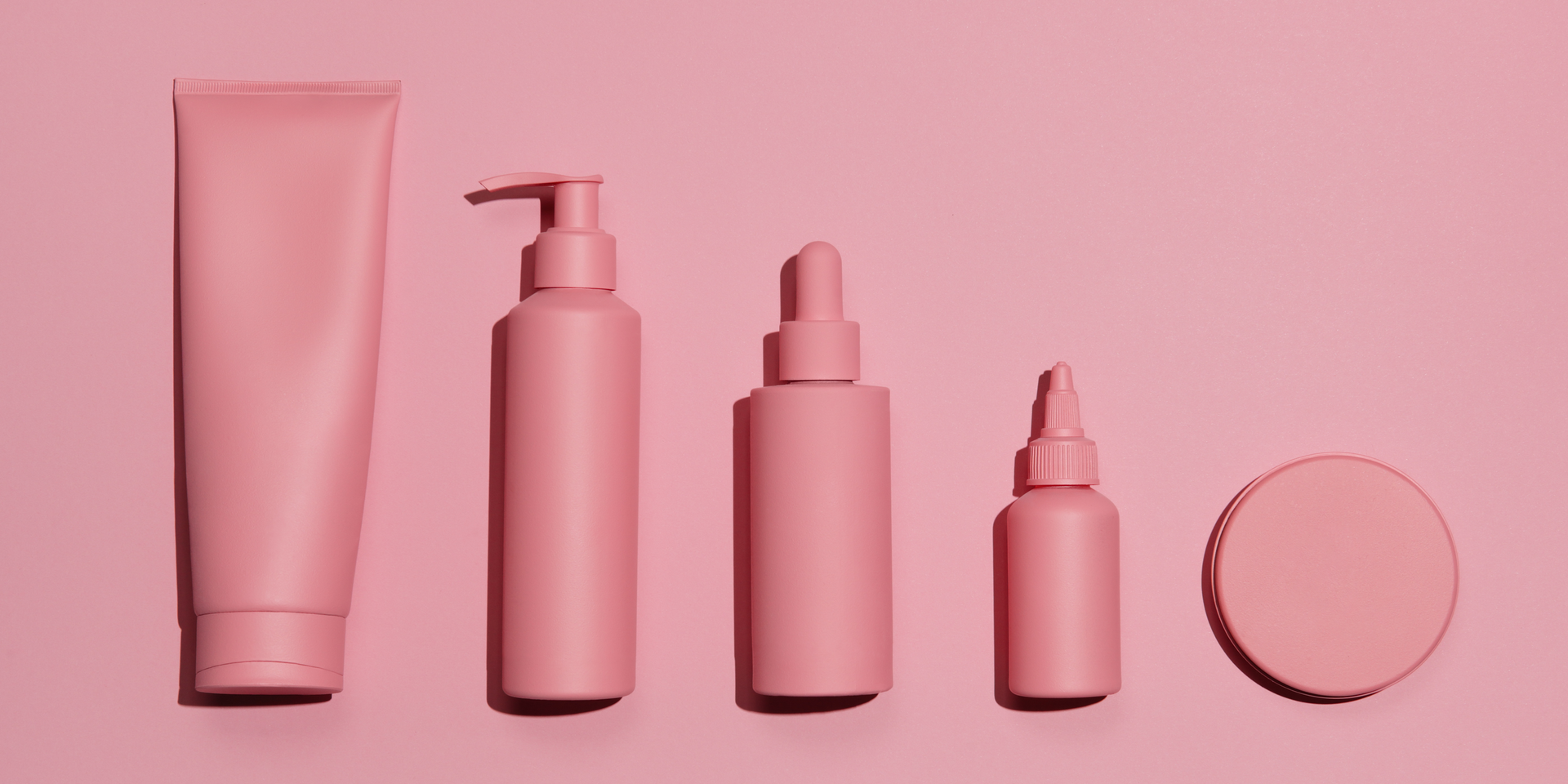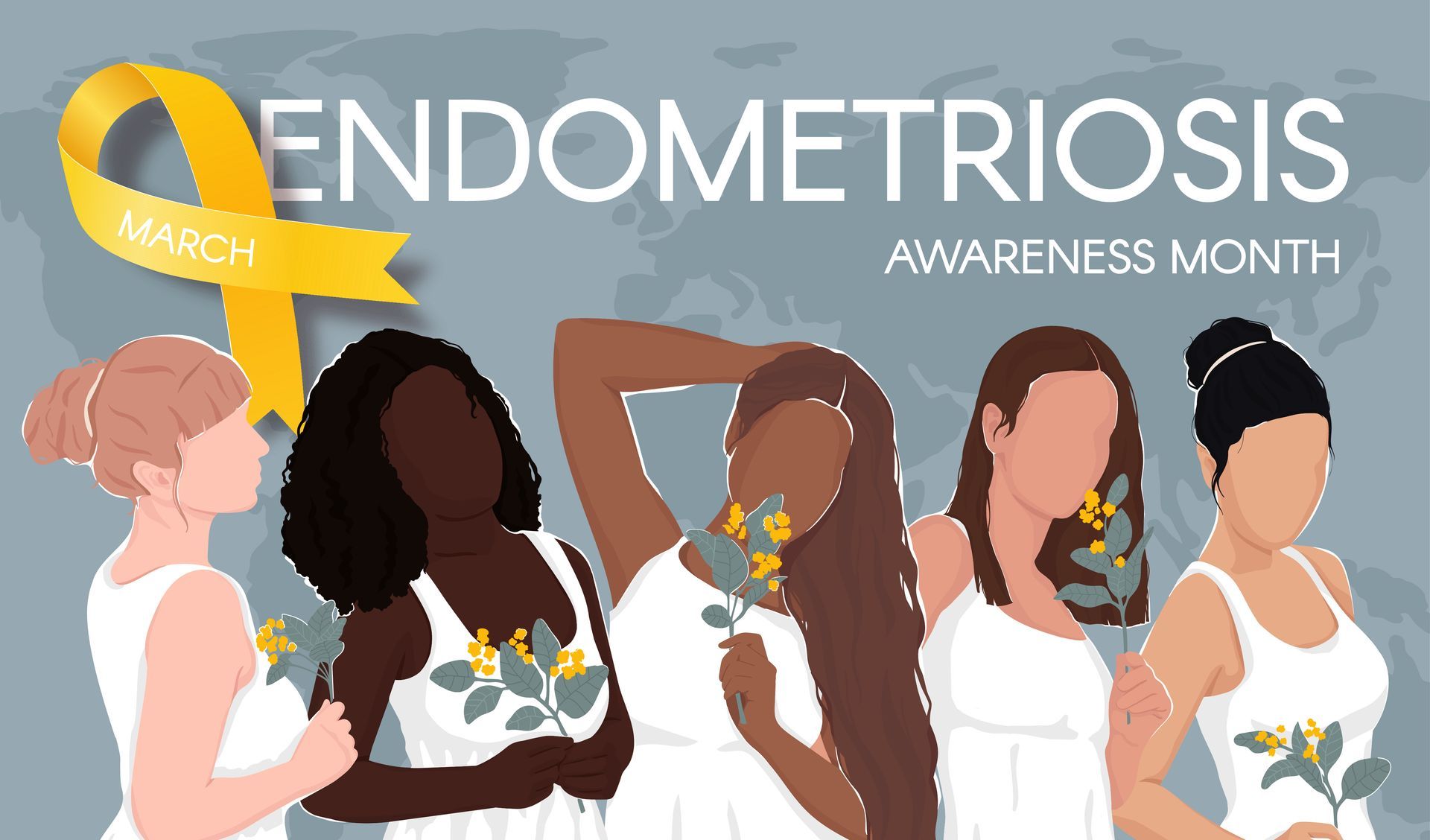Uterine Fibroids
Uterine fibroids, also known as uterine leiomyoma, are benign growths commonly found in the uterus. The symptoms associated with uterine fibroids can range from being completely asymptomatic to significant, including heavy bleeding during periods, bleeding in between periods, pelvic pressure, and pelvic pain. Variation in symptoms has to do with the number, size, and location of the fibroids. Some women experience urinary tract symptoms or even issues with bowel movements. Symptoms can be severe enough to cause anemia (low blood count) or infertility.
Prevalence
The statistics involving uterine fibroids are staggering and explain why the term “fibroids” has nearly become a household term.
- Fibroids will affect up to 70% of women by age 50.
- Fibroids will affect over 80% of African-American women by age 50.
o The incidence of uterine fibroids is 2-3 times higher in African-American women and 2 times more common in Latin women than in white women.
o One study of asymptomatic women, age 18-30, found the prevalence of fibroids to be 25% in black women and 7% in white women.
o Among women undergoing hysterectomy for uterine fibroids, the average ages at first diagnosis and hysterectomy were lower among African-American women than white women.i ii
o Ultrasound data demonstrated an age at onset of about ten years earlier among black women than white women.iii
Etiology
A confluence of genetic, hormonal, and environmental factors appears to underlie uterine fibroids development, although their precise origin remains a topic of ongoing research. Untangling the complex web of causes and risk factors associated with these benign tumors is crucial not only for comprehending their onset but also for developing effective preventative and therapeutic measures. Noted risk factors include race, obesity, high blood pressure, vitamin D deficiency, heavy alcohol intake, a stressful environment, environmental exposure, endocrine disruptors (see below), and an unhealthy diet lacking abundant vegetables and fruits.
Endocrine Disruptors
In recent years, the potential function of endocrine disruptors in the pathogenesis of uterine fibroids has been a fascinating area of research, becoming a major cause for concern. Endocrine disruptors are synthetic or natural compounds that can interfere with the endocrine system, which produces and regulates hormones in the body. These disruptors can mimic or block the action of naturally occurring hormones, such as estrogen, progesterone, and testosterone, resulting in a wide range of potential health problems.
It is known that estrogen and progesterone influence the proliferation of uterine fibroids. Since endocrine disruptors can mimic or interfere with these hormones, it is hypothesized that they may play a role in the development or progression of fibroid tumors. These universal environmental agents, which are frequently concealed in commonplace products, have the potential to disrupt our body's hormonal balance, possibly contributing to the onset and progression of fibroids and other hormonally responsible conditions.
Examples of endocrine disruptors include:
1. Phthalates, which are commonly found in plastics, cosmetics, and personal care items, have been linked to hormonal disruptions. Common sources include some food packaging, cosmetics, fragrances, children’s toys, and medical device tubing. Cosmetics that may contain phthalates include nail polish, hair spray, lotion, cleanser, and shampoo.
2. Bisphenol A (BPA): May be used in the lining of food cans and toys. BPA is an estrogen-like endocrine disruptor.
3. Dioxins are also known as persistent organic pollutants (POPs). These environmental pollutants, once widely used in industrial processes, can persist for extended periods in the environment. They concentrate in the fat of our meat, poultry, fish, and dairy.
In light of the probable association between endocrine disruptors and fibroids, there is a growing interest in reducing exposure to these chemicals. Recommendations include choosing BPA-free products, reducing the use of plastics, particularly when heating food, and being mindful of the ingredients in cosmetic and personal care products.
More research is needed to establish more of a link between endocrine disruptors and uterine fibroids, though the existing research shows how important it is to understand and lower environmental exposures. Women can potentially reduce their risk of developing or aggravating fibroids and other hormone-related conditions by remaining informed and adopting preventative measures.
Things we can do to reduce our exposure include:
- Use fresh food rather than processed foods whenever possible.
- Organic, when possible, to avoid pesticides and genetically modified organisms.
- The Environmental Working Group is an organization that provides information on clean personal care products and the ability to evaluate some of the products you may be using on your skin or in your household.
- Reduce the use of foods and beverages in cans and/or plastic containers, including their use for food storage. And definitely do not microwave food in plastic containers.
- Be selective and mindful in your use of personal care products, such as moisturizers, cosmetics, shower gels, and fragrances.
- Minimize the purchase of newly produced household furniture, fabrics, nonstick frying pans, and cars while pregnant or nursing.
- Avoid the use of garden, household, and pet sprays, pesticides, or fungicides, and avoid paint fumes.
- Only take over-the-counter analgesics or painkillers when necessary.
- Do not assume the safety of products based on the absence of "harmful" chemicals in their ingredient list or the presence of the tag "natural" (herbal or otherwise).
Making the connection between gut health, endometriosis, and uterine fibroids
Gut health is important with regard to estrogen balance and inflammation. A balanced gut microbiome (microorganisms in the gut) plays an important role in estrogen balance and our overall health. When you do not have a healthy and diverse microbiome, this can lead to higher levels of estrogen and potentially lead to estrogen dominance. Estrogen dominance is a condition in which the body's supply of progesterone is insufficient to balance the level of estrogen. When you do not have a healthy and diverse gut microbiome, the estrogen that has been tagged to leave your body gets reabsorbed. Not having regular daily bowel movements can also lead to increased estrogen. In addition to needing a healthy and diverse microbiome, the health of your gut lining is also important with regard to inflammation. If your
gut lining is not intact, this can lead to actual food particles getting into the blood stream and leading to inflammation in the body as well. The inflammation can further lead to fibroid growth.
Treatment Options
Uterine fibroids can manifest in a variety of ways. Although benign, uterine fibroids can cause significant discomfort and medical complications for many women. The size of the fibroids, their location, the type and severity of the symptoms, your age, and fertility plans all have an impact on the treatment option.
- Evaluation and Lifestyle Changes: If you have been found to have small uterine fibroids, treatment may not be necessary, but this is an opportunity to evaluate overall lifestyle choices and implement strategies to prevent future growth and potentially decrease growth. Some questions that should be asked include:
- How is my nutrition?
- Am I eating too much sugar?
- Am I eating processed foods? Am I eating enough vegetables and fruits?
- How am I managing stress?
Depending on your response, there may be an opportunity to develop an overall health and wellness plan in consultation with your healthcare provider. Modern life is inherently stressful, so it is important to develop coping mechanisms such as a regular sleep schedule, a nutritious diet, regular exercise, meaningful social interactions, a spiritual practice, etc. In addition to focusing on a healthier lifestyle, there is research supporting the use of supplements, including vitamin D and green tea extract (EGCG), as secondary prevention of uterine fibroids.
2. Several hormonal medications can assist in the treatment of fibroids:
- Hormonal contraception (pills, patch, or ring) may help alleviate the symptoms of heavy menstruation caused by fibroids.
- Gonadotropin-Releasing Hormone (GnRH) Agonists: Medications such as leuprolide that shut down the production of sex hormones from the ovary can shrink fibroids and stop menstruation, but they can also cause menopausal symptoms in women as well as other side effects. They are frequently used temporarily prior to surgery to facilitate fibroid removal.
- Gonadotropin-Releasing Hormone Antagonist in Combination with Estrogen and Progesterone: Studies have shown decreased bleeding associated with the use of these medications. There are side effects, and therefore, discussion with your physician is necessary, like with any medication.
- Progestin-Releasing Intrauterine Device (IUD): Depending on the size and location of fibroids, this device can help reduce excessive menstrual bleeding associated with fibroids.
3. Non-Invasive Methods:
- Magnetic Resonance Guided Focused Ultrasound Surgery (MRgFUS): This technique, performed with the assistance of laparoscopy, uses high-frequency sound waves to heat and eliminate small areas of fibroid tissue by focusing on fibroid tissue. Laparoscopy is a minimally invasive surgery using small incisions in the abdomen.
4. Minimal Invasive Techniques:
- Uterine Fibroid Embolization (UFE): In this procedure, small particles are injected into the arteries that supply the uterus. This stops blood flow to the fibroids, which causes them to shrink. This procedure does not get rid of the fibroids but may decrease the pain and
pressure associated with them. This procedure is not recommended for women who desire a future pregnancy.
- Laparoscopic or Robotic Myomectomy: The removal of fibroids from the uterus performed during laparoscopy. During this procedure, the uterus is preserved. Depending on the outcome of the procedure, a future pregnancy is often possible. After a myomectomy, the majority of pregnancies necessitate C-section delivery. Please be sure to discuss the delivery plan with your physician after undergoing a myomectomy.
5. Typical surgical techniques:
• An abdominal myomectomy entails the removal of fibroids via a large abdominal incision.
- Hysterectomy: Removal of the entire uterus, including the fibroids. If other treatments are ineffective or fibroids are extensive, removal of the uterus may be advised. This procedure eliminates fibroids permanently, but also eliminates the woman's ability to carry a pregnancy.
6. Other Techniques:
• MRI-guided Percutaneous Laser Ablation: A laser fiber is used under MRI guidance to eradicate fibroid tissue. This procedure is not
recommended if a future pregnancy is desired, as pregnancy outcomes are unknown.
The optimal treatment for uterine fibroids depends on your circumstances and requirements. It is crucial for you to discuss all available options with your healthcare provider in order to determine the most appropriate course of action for your specific situation.
The information in this article, which includes text, graphics, images, and other things, is only for educational purposes. The information in this article is not intended to be a substitute for professional medical advice, diagnosis, or treatment. Always seek the advice of a physician or other qualified healthcare providers with any questions regarding a medical condition or treatment before undertaking a new health care regimen. Never disregard professional medical advice or delay seeking it because of something you have read in this article.
i Kjerulff KH, et al., Uterine leiomyomas: racial differences in severity, symptoms, and age at diagnosis. J Reprod Med. 1996;41(7):483–490. ii Kjerulff KH, Langenberg P, Guzinski GM. The socioeconomic correlates of hysterectomies in the United States. Am J Public Health. 1993;83(1):106–108. iii Laughlin SK, et al. Prevalence of Uterine Leiomyomas in the First Trimester of Pregnancy: An Ultrasound-Screening Study. Obstetrics & Gynecology. 2009;113(3):630–635.New Paragraph




Contact Us
Thank you for joining my email list.
Oops, there was an error. Please try again later.
Copyright 2023 Dr. Shanee' Porter

